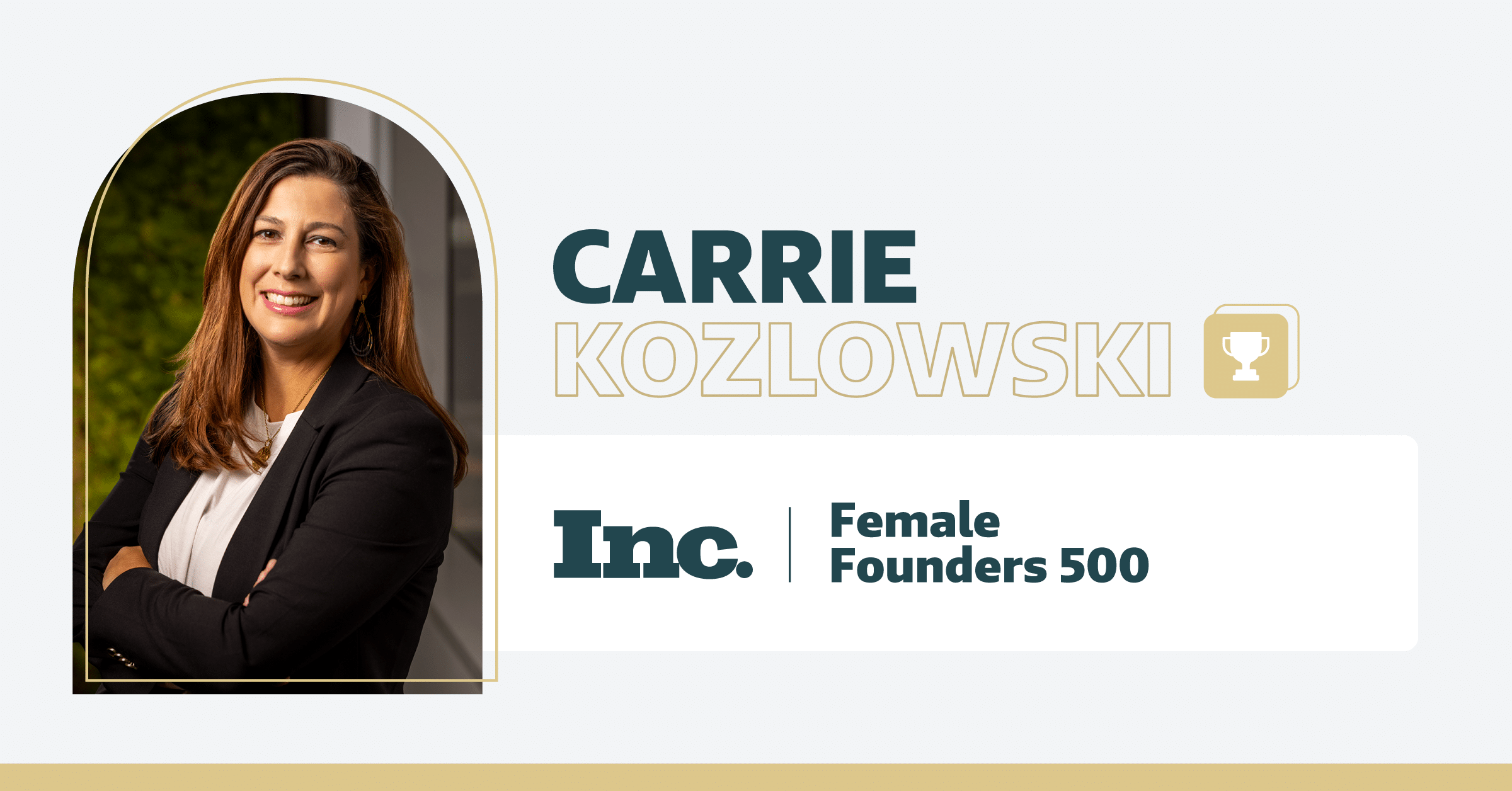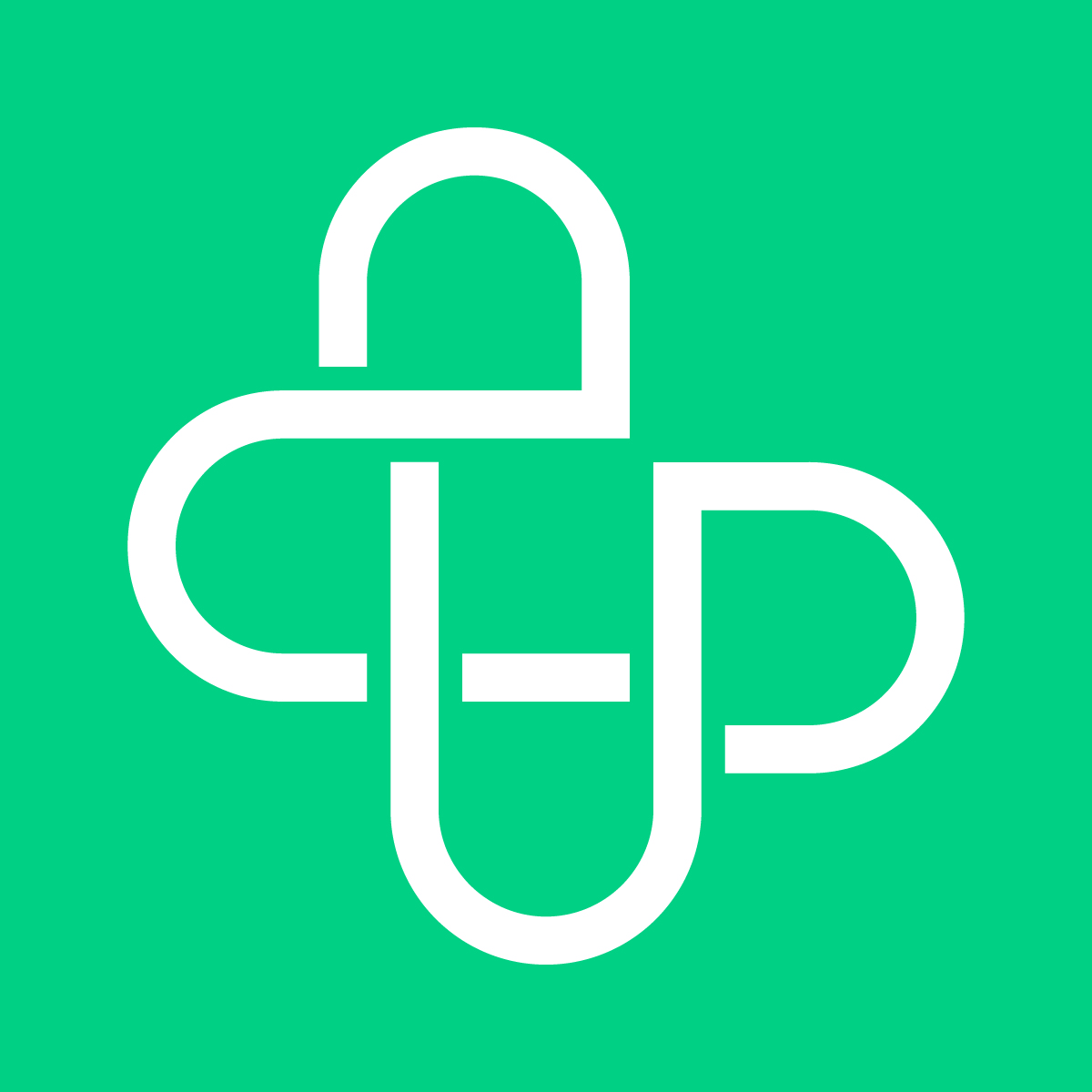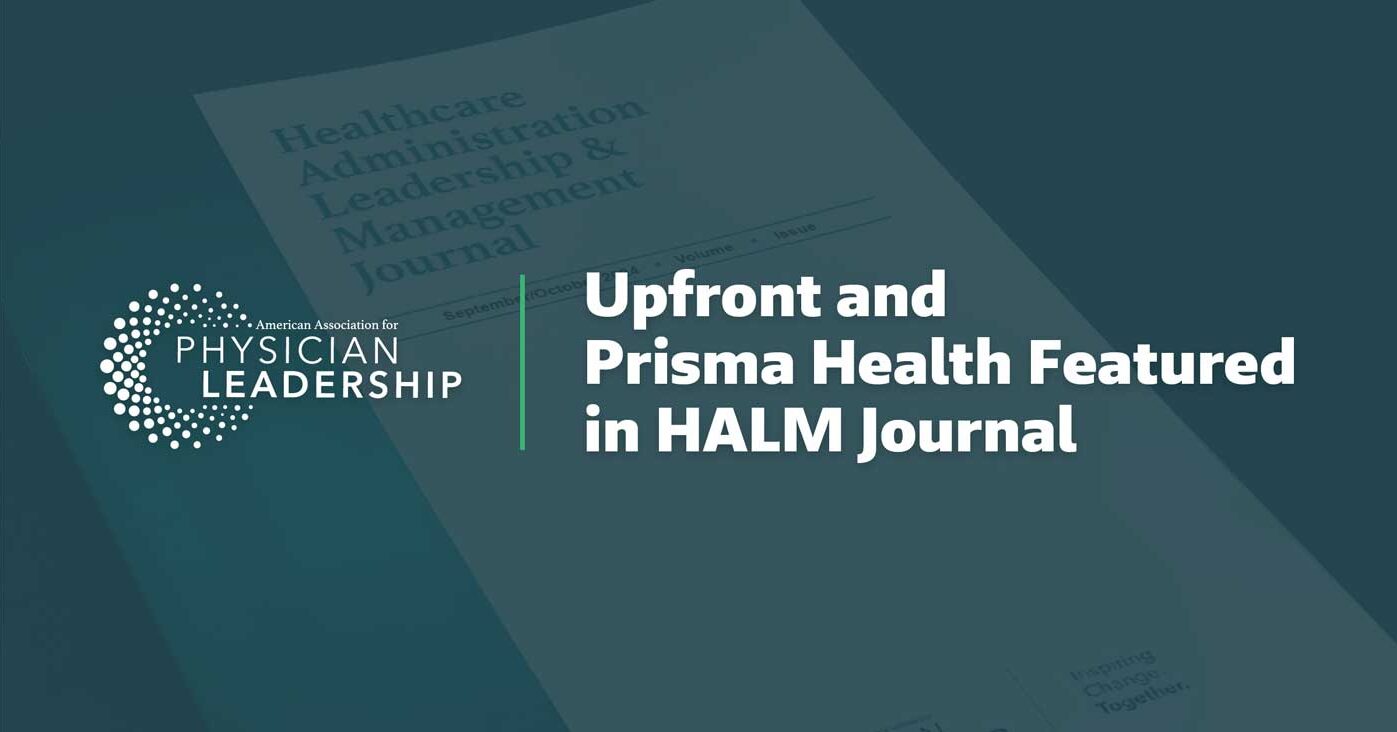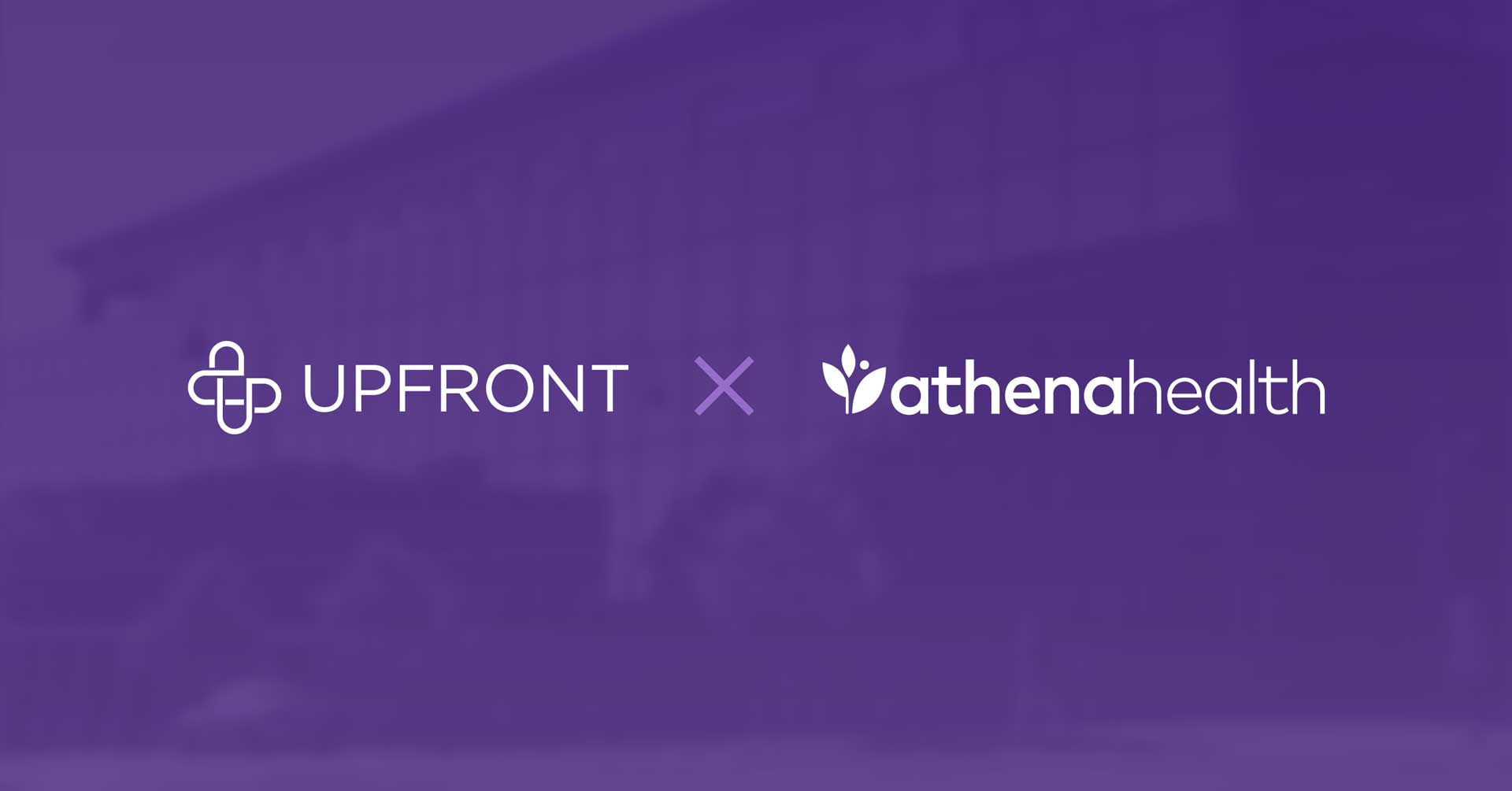HIStalk Interview Carrie Kozlowski, COO, Upfront Healthcare
Tell me about yourself and the company.
I started as a clinician, practicing as an occupational therapist in the first one-third of my career. I worked in a number of care settings and saw the opportunity to impact patient care at a bigger level. I toyed between going into public health or into business and made the decision to follow the business side. I did my MBA and have been in the healthcare IT space for almost 20 years now, mostly involving workflow applications, making things more efficient and easier for providers, care managers, and now patients and the operations teams that support them at the health systems.
Our company started about five years ago. Our focus has always been, how do we help make sure patients get the care they need? We started this company as technologies continue to evolve and as health systems continue to evolve in their adoption of technologies. We think about digital health — how can we iterate on our approach to make sure that we are helping patients get necessary care?
Health system marketing used to involve renting billboards and bragging on awards to bring patients into profitable service lines, while clinical and administrative engagement was minimal. How do you see those areas changing or perhaps converging?
The biggest change is the evolution of how we think about consumers across all industries. We are seeing that now being applied in healthcare more specifically, which is the need for personalization and to tailor the communications to the needs of the individual patient. That’s the shift that folks are making. Obviously the more relevant the information is, then the more engaged the consumer will be, the patient in this case. That’s a big change that we are seeing, going from these broad billboards and radio spots into these specific patient engagement solutions.
Most people live their lives without a lot of health system involvement, which may or may not affect brand loyalty. Are health systems segmenting infrequent versus frequent patients and communicating with them differently?
I don’t know if they are communicating to them differently. I think you are hitting on that explosion of the retailization of healthcare and what we have seen in the last five or seven years in that regard. People were focused on acquiring patients, but not keeping patients. We did a lot of analysis on that about five years ago with a couple of engagements with some big health systems, and you could see it obviously lay out in the data.
But what we have seen since then is increasing competition. That has made them rethink what loyalty is and how you build it. Going back to the personalization aspect, how do you help this person by making it easy for them to get the care that they need? And offering specific direction on how to get that care from your health system, as you have offered more services and you think about the explosion of the front door. Folks have moved in that direction on the health system side, but people don’t know which front door to walk through sometimes.
Health systems may think that most patients want ongoing engagement, while many of those patients are looking for unconnected, as-needed care episodes and to be left alone in between. Can the health system meet the communication needs of both kinds of patients?
You’re getting at, what is my relationship? Is it transactional, or is it interactive content where you’re sourcing all your information from the health system, in which case those ginormous marketing websites are super helpful?
This goes back to using the patient data. Understanding what they need to do, but marrying that with engagement data, and then this third leg of the stool — which I’ve just come to understand better over the last two or three years – of health communication. More than health literacy. If you are a person who doesn’t want that information – “just tell me what I need to come in for” versus “I need help and support because I have a chronic disease” — you are motivated differently. The information that you want to consume needs to be organized differently. How do you leverage that health communication, understanding the person and marrying that with the personalization of “this is the thing you need” so you are providing it in a highly relevant way? I think that it is that segmentation. It’s important to take those persona-oriented segments and then bring them all the way down to the personal level so that it is a one-to-one kind of experience.
Are health systems competing for the patient’s attention with similar health messages from large, technologically savvy players such as chain drugstores and insurers?
Well, that’s a loaded question. It’s a yes and a no, right? If it takes multiple teams of people to make sure that patients get the care they need and they are focused on the outcome and the care, great.
I do think it is confusing for the patient the way our health system, our healthcare in general, is organized in the United States. Everyone can think you are their patient. To your point, I think that messaging can get a little bit mixed up. The idea, and I see health systems and digital transformation officers pushing it around, is, how do we think about this as a hub? We want this experience to be a holistic one for the patient. We want to make sure that all of the communications that we need to send, or all of the digital health tools we’ve invested in, are organized in a hub so that it is feeding the patient what they need when they need it, but then directing them where to go.
How do we avoid turning technology such as chatbots into this generation’s PBX system, where we intentionally make it hard to reach a human even if they need empathy or lack technological comfort?
I don’t support taking the humans out of healthcare. It’s important to scale the human interaction and apply it in the right places. If we have humans doing all of the tasks, those people who need the most empathy, the most concentration of discussion, and the most support will be underserved. We can digitally communicate, “Hey, Carrie, it’s time for your mammogram.” I’m fine with that transactional kind of communication in that case. But that human piece needs to be there.
I’ll go back a little bit on the last thing I said, going back to personalization. We can make an empathetic experience that is personalized and relevant and can be delivered digitally. But we’re not going to ever go — and I would never support that we go — 100%. It’s all about the best modality to reach the patient to help them get the care they need. In many cases, that might be a human being, and should be.
Are hospitals trying to make their automated outreach messages seem more human given the intimate nature of healthcare services?
It goes back to that health communications piece. Communicating with empathy and making it personalized. It’s a broad message.
We all get the exact same letter mailed to us, auto-generated about, “You need this thing.” It’s not specific to where I live. It’s not specific to other circumstances. It’s not specific to where I went last year when I needed that same care. It’s obviously some auto-generated technology.
Health systems have rich data sets that can be leveraged for these needs. You can take that rich data set, process it, and apply it in a way that says, “It’s time for you to take this action, to get this care, and here’s where you had it last year. Let’s make it easy for you. Here are some options for scheduling that care at that location right now.” Then it is actually serving me, making my life easier. I know you’ are talking about me and you know me. Then you are complimenting that human experience with that personalized experience that is delivered in a digital fashion.
How important is it to focus the messaging on “here’s what you need to do next?”
It’s the most important. It is the key. We are all doing this because we want patients to get quality care and have the best outcomes. As the incentives are realigning in the same way, with quality and value-based care, that’s great news, but ultimately we are here to make sure patients continue to get the care they need. That should be the focus.
This is where I see a lot of health systems building strong bridges between their digital transformation and digital innovation with their integrated care networks, their medical groups, and their operations leaders. They want to apply innovation and digital engagement in a way that serves the needs of the patients. I just love seeing those connections being made more and more, especially with the clients that we work with, but across the board in general. That’s where you start to make good use of technology.
We talk about a unified patient record, but that doesn’t always include communications, especially those messages that were created in a mass campaign or as a patient response to one. Should we expect to have all messages from all modalities incorporated into the EMR or a patient CRM-type system?
That’s where we sit as an organization, as we see that need. It is marrying the data from the EMR and engagement data and bringing it all together in this unified patient view of, when did they engage? What was the outreach? Who did they communicate to? Did they attend the visit? When was the visit? It’s all about the interest, again, of making sure patients are not only scheduling care, but getting the care, and we can support them.
To your point earlier, are humans going to come out of it? No. So if a human needs to interact, they should know, “Hey, Carrie, we tried to message you a couple of times. It’s really important that you get this care.” We need to apply those same things we are doing on the digital side to the human side, making sure that the patient feels like we know them and they are a member of a health system that is connected and unified in the way that we are communicating to help them get care.
Should the messages encourage people who don’t see the value of having a primary care provider to engage with one?
Having a primary care provider is a key part of ongoing health. However, I also don’t think there’s anything wrong with a young person who’s healthy using the urgent care twice a year for a UTI and a sprained ankle. That’s where the data is important, looking for trends in the use of other care settings outside primary care to identify when someone needs to elevate into a primary care relationship.
We are doing this with one of our clients. We are looking at how many visits the patients are having with urgent care. At what point do we decide, “It looks like you’ve been to the urgent care quite a bit. It might be better for you to establish a primary care relationship to help coordinate and oversee your care.”
But creating that relationship and forcing those visits into primary care consumes limited primary care resources. We are going to compromise the patients, whether they are older or have chronic conditions, who need that capacity to serve their needs. Retail exists for a reason. It’s a valuable part of the entire ecosystem for urgent care or whatever word you want to use to describe it.
Where do you see the market and the industry moving in the next few years?
We are supporting clients who are trying to drive patients to get the care they need. Outcome-oriented population health is a portion of that, but adhering to those visits is an important part. We are then building in how we coordinate closely with the human interaction, allowing, for example, a bi-directional chat to support making sure that the patient gets what they need and making sure the outcome is actually achieved. That is what we are focused on. All of that is grounded in making sure we have a sound, relevant, personalized patient experience. But the experience isn’t the end goal. The end goal is the outcome that the patient has, a good quality of life and an excellent health outcome.
Do you have any final thoughts?
I’m excited about where we are in healthcare. I’m not excited that we’ve been through a pandemic for the last two years, but I feel like it has been the catalyst or the accelerant to think about how we deliver healthcare differently in a way that is patient centric, but supports the patient in succeeding at being there at the center of their care or their quarterback of their care. We are enabling that in a way better way. The speed at which we are seeing change right now makes it an exciting time to be part of all of it.




